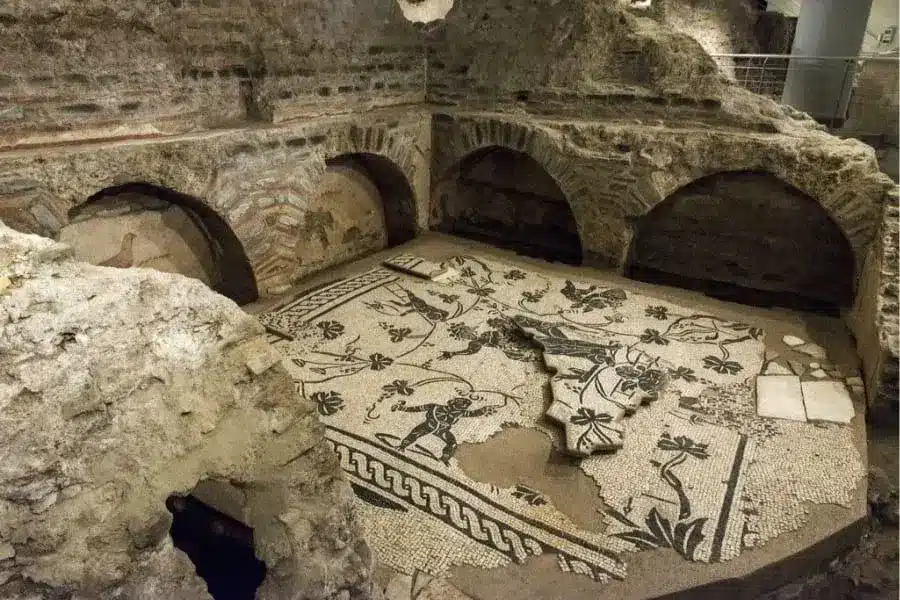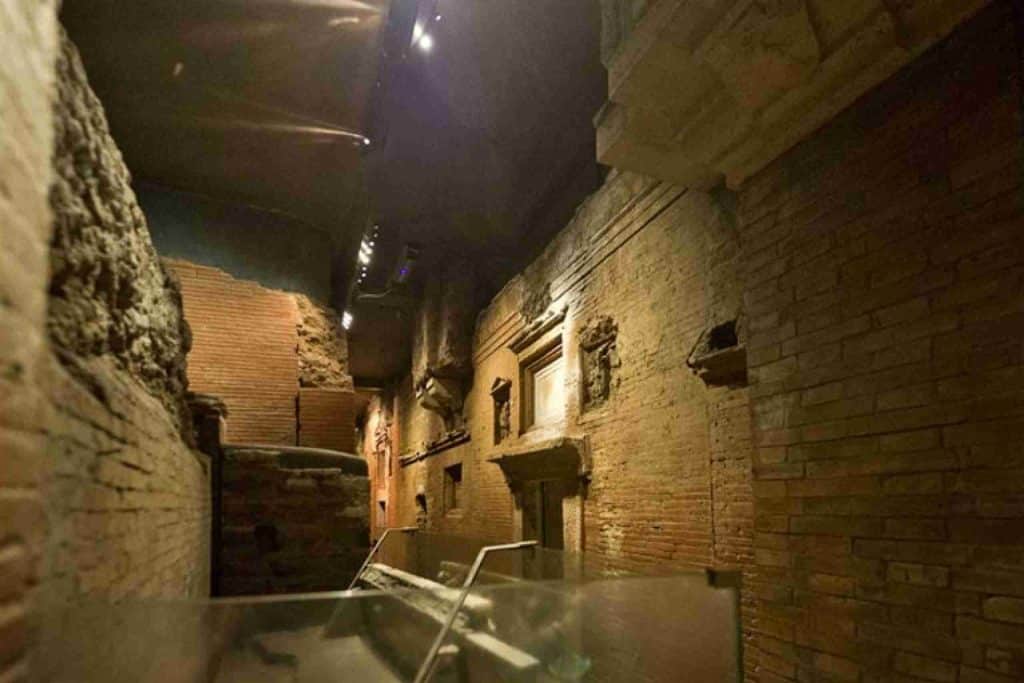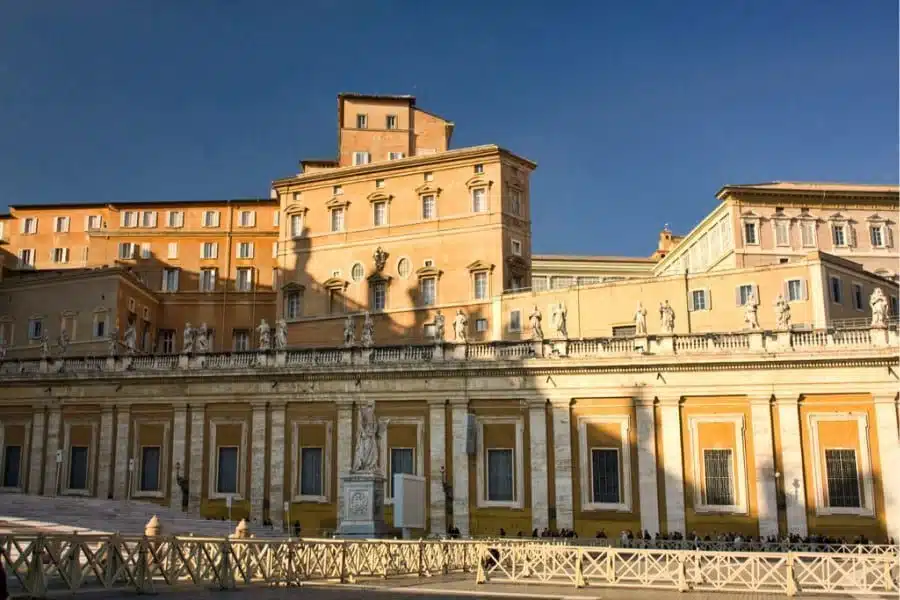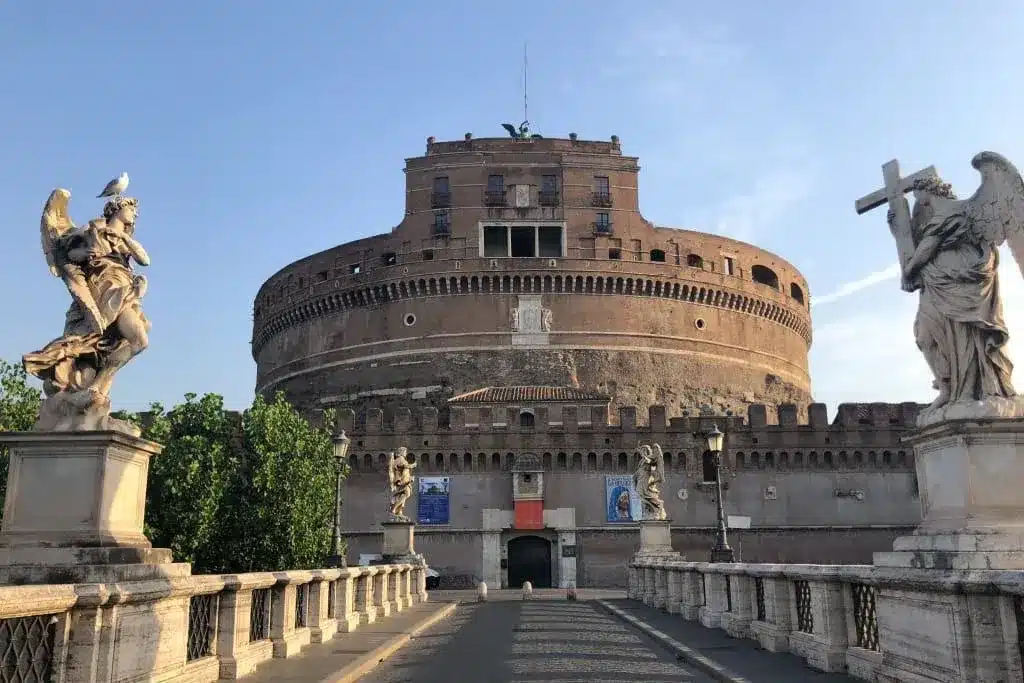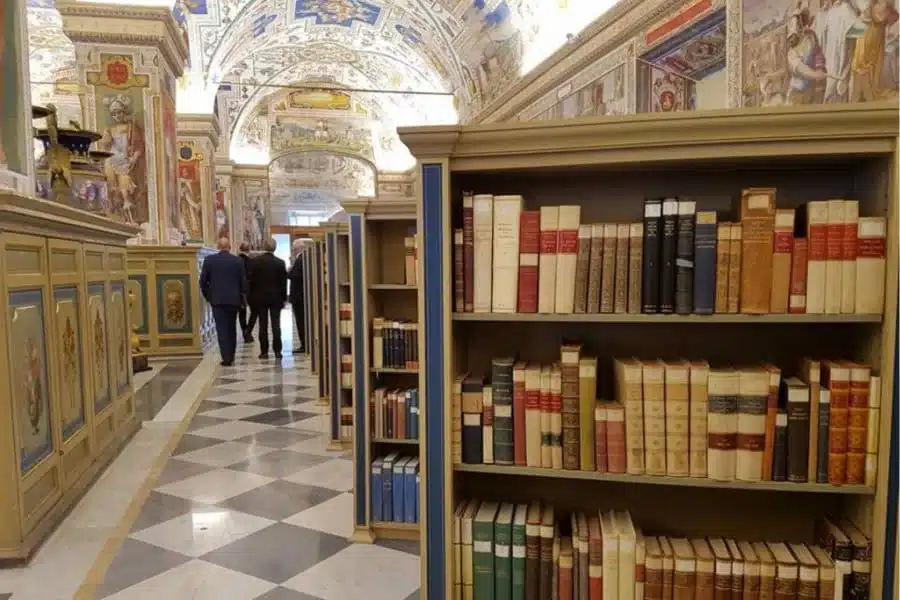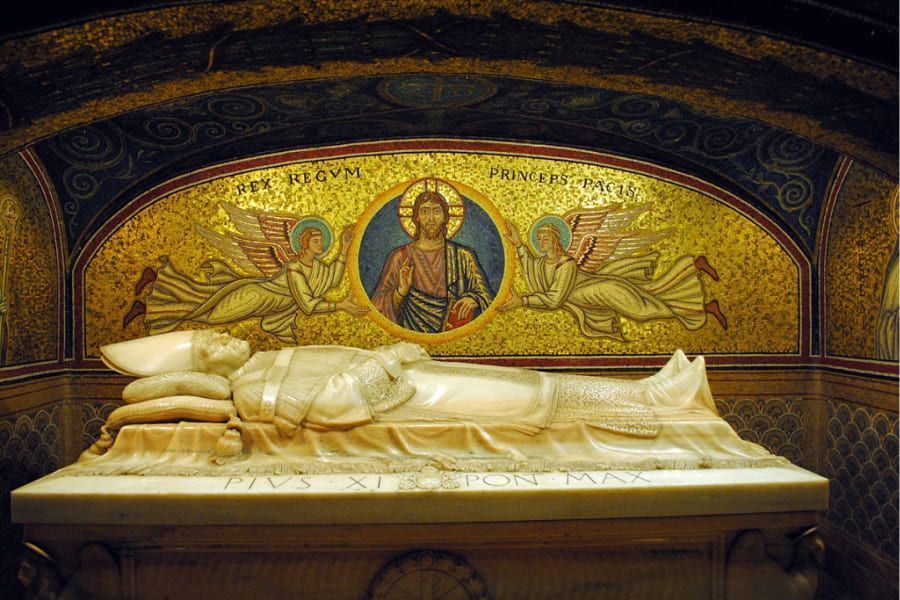
The Vatican Necropolis is an ancient cemetery located beneath St. Peter’s Basilica in the Vatican City. The cemetery dates back to the late 4th century and holds the remains of both Christian and pagan Romans. It is considered to be one of the most important sites of Christianity, as it is believed that St. Peter himself was buried here.

